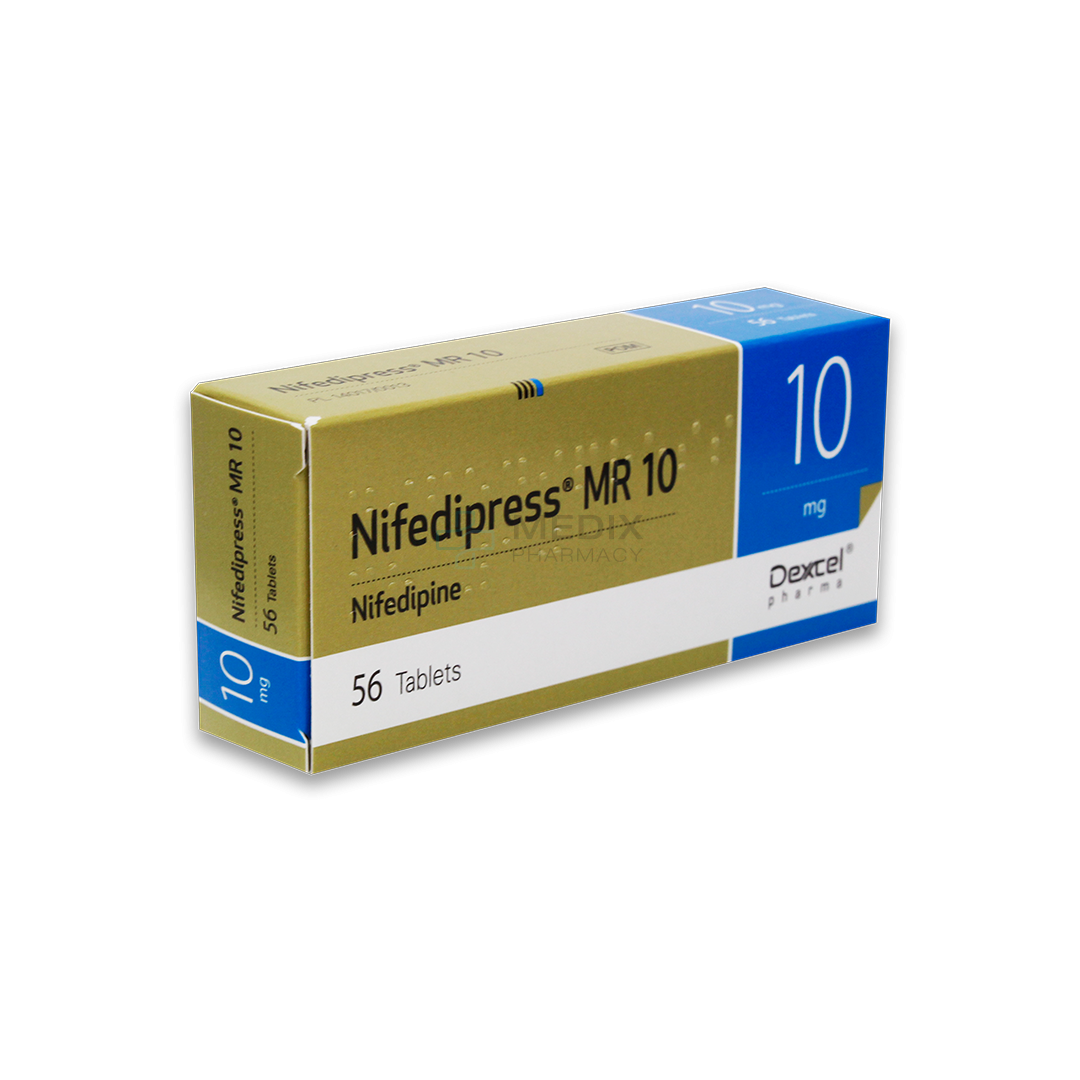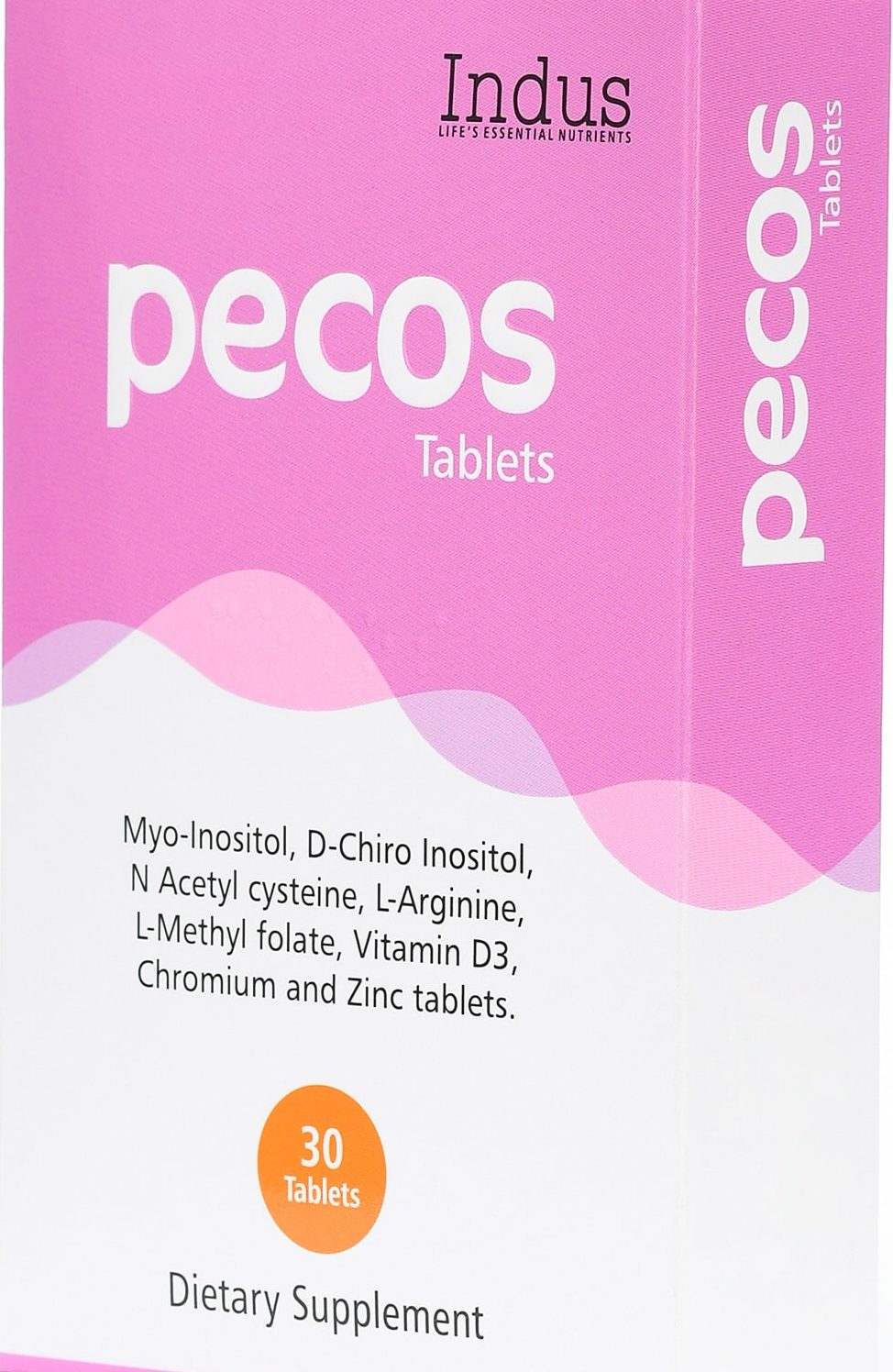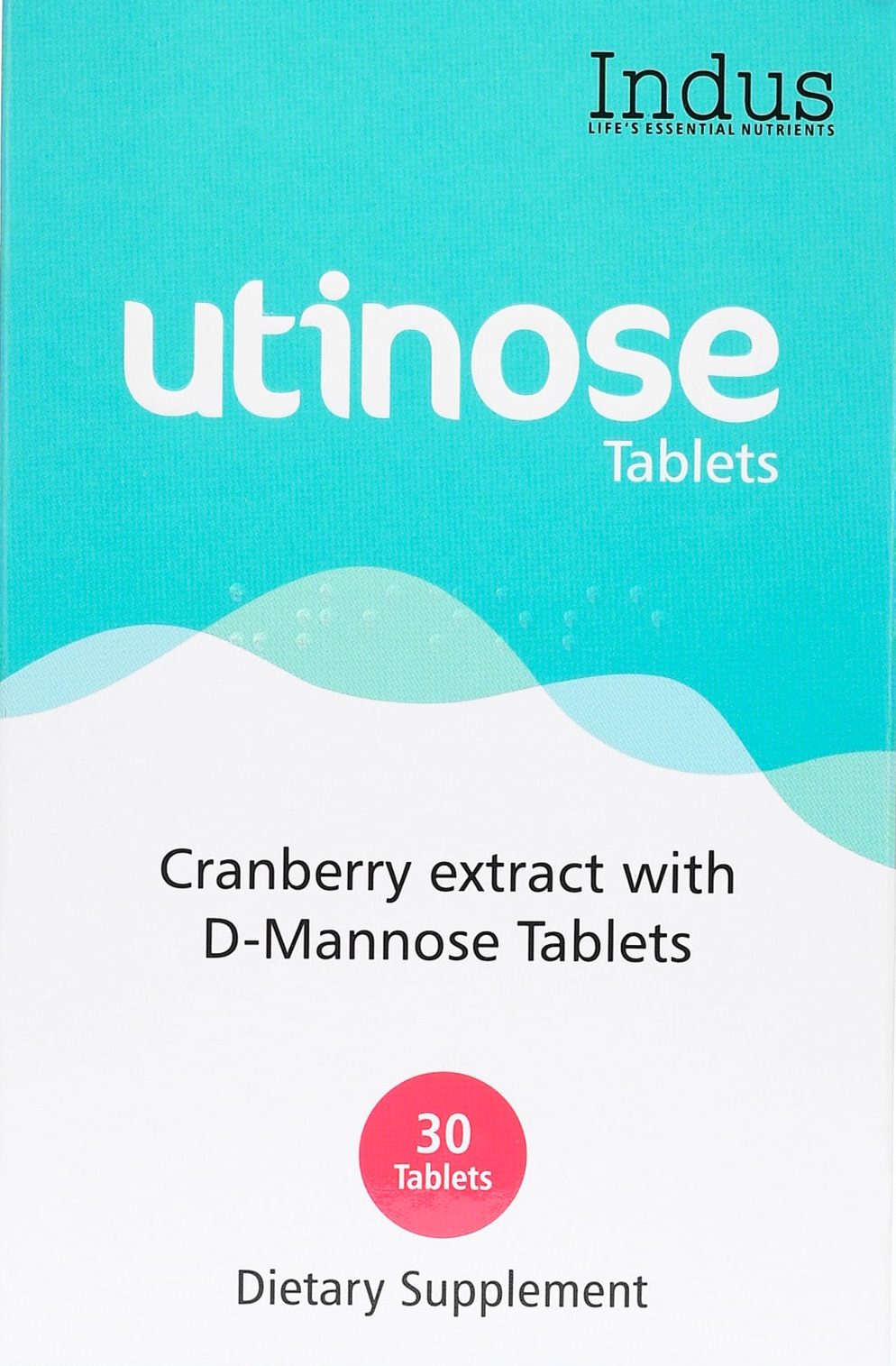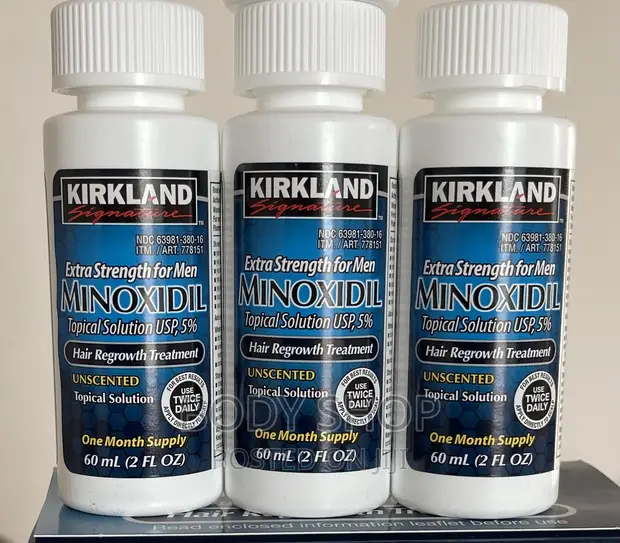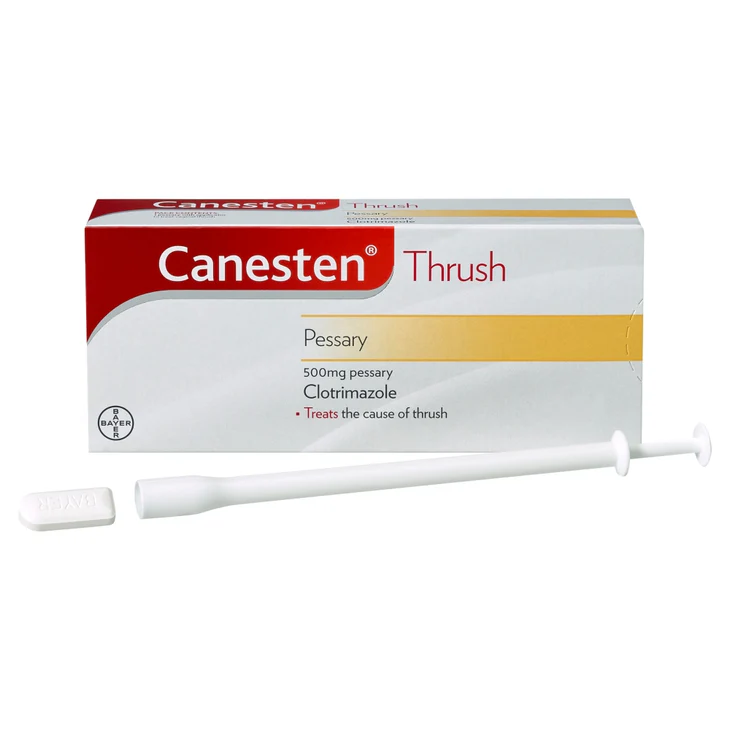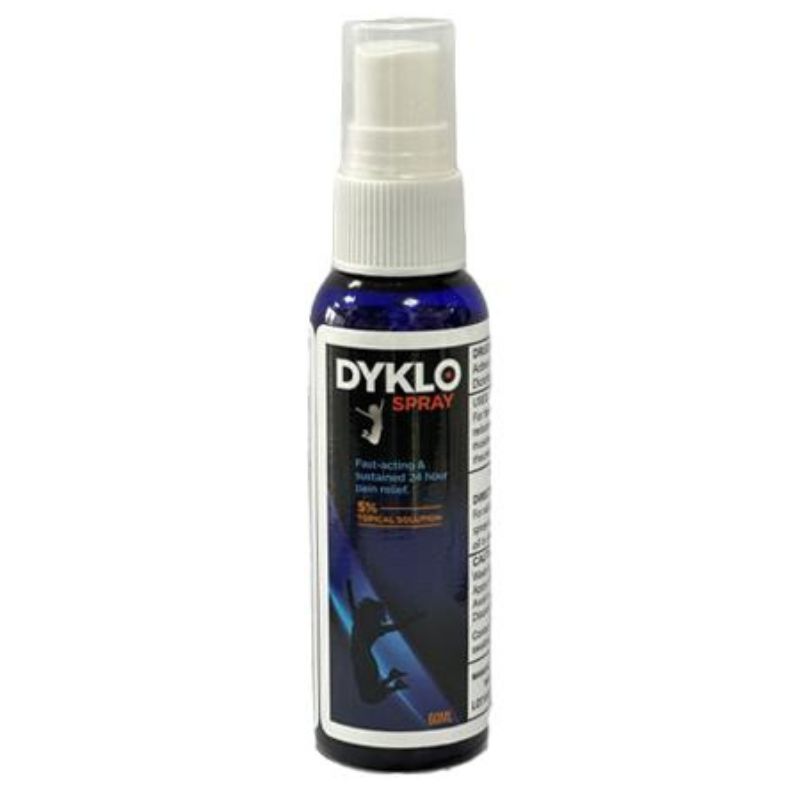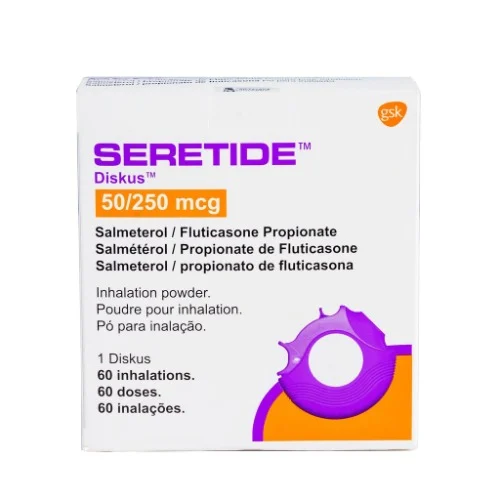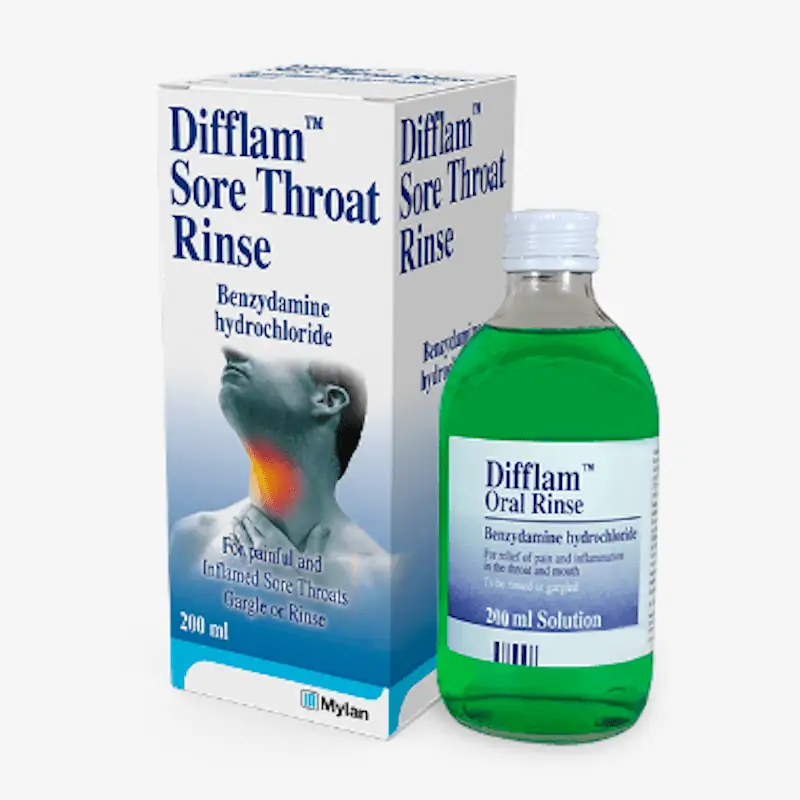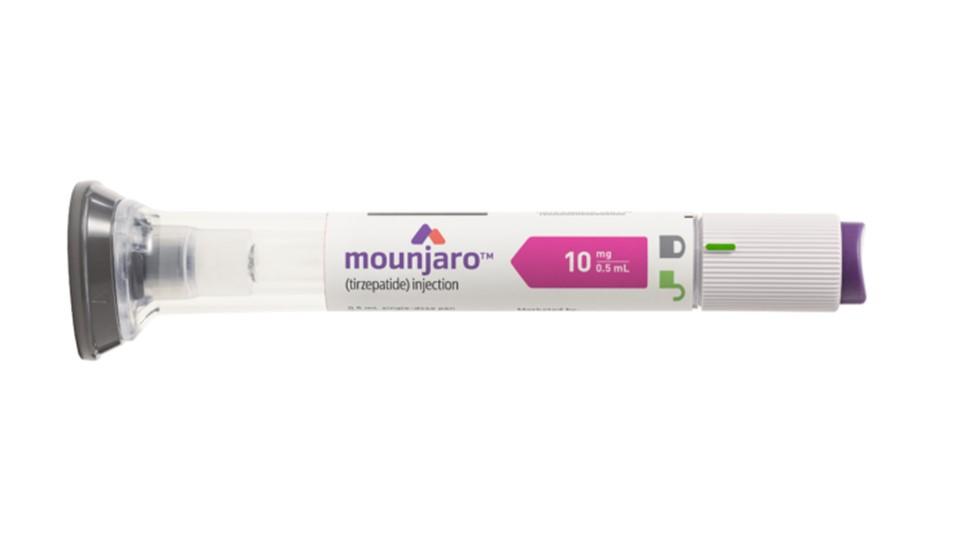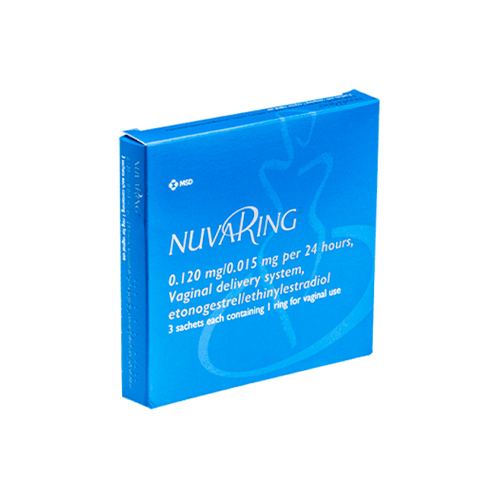No products in the cart.
High Blood Pressure, Prescription Medication
Nifedipress MR
₵
-
 Get 10% discount on your next order. Order now to qualify.
Get 10% discount on your next order. Order now to qualify.
-
 Get 20% cashback on apple app store. Use code P056
Get 20% cashback on apple app store. Use code P056
DELIVERY & RETURNS
Free shipping offer on Pilldoctor and get exclusive offers.
Location
-

Door Delivery Fastest delivery to the door for only 2 days. Don't miss exclusive offer.
-

Pickup Station Fastest delivery to the door for only 2 days. Don't miss exclusive offer.
-

Return Policy Fastest delivery to the door for only 2 days. Don't miss exclusive offer.
Description
Nifedipress MR 10 & 20 Tablets (referred to as ‘Nifedipress MR’ throughout this leaflet) are modified release tablets containing the active substance nifedipine 10 mg and 20 mg respectively.
Nifedipine MR Tablets contains nifedipine, which belongs to a group of medicines called calcium antagonists.
Nifedipress MR is used to treat high blood pressure (hypertension) and to prevent the condition called chronic stable angina pectoris (chest pain coming from the heart).
- For high blood pressure: Nifedipress MR works by relaxing and expanding the blood vessels. This makes the blood flow more easily and lowers blood pressure. Lower blood pressure reduces the strain on your heart.
- For angina: Nifedipress MR works by relaxing and expanding the arteries supplying the heart. This allows more blood and oxygen to reach the heart and decreases the strain on it. Your angina attacks will be less severe and less frequent if there is less strain on the heart.
What you need to know before you take Nifedipress MR Tablets
Do not take Nifedipress MR if:
- you have had a heart attack within the last month
- you get a sudden angina attack. Nifedipress MR will not help relieve symptoms of angina quickly.
- you have unstable angina
- you are allergic to the active ingredient (nifedipine), to any other similar medicines known as dihydropyridines (e.g. amlodipine, felodipine and nimodipine) or to any of the other ingredients of this medicine
- you are taking rifampicin, an antibiotic
- you have been told that you have a narrowing of the aortic heart valve (stenosis)
- you have ever had a collapse caused by a heart problem (cardiogenic shock), during which you became breathless, pale and had a cold sweat and dry mouth
- your blood pressure continues to rise despite treatment (malignant hypertension)
- you have been told to avoid lactose, that you have a hereditary condition called Lapp lactase deficiency or glucose-galactose malabsorption.
Tell your doctor and do not take Nifedipress MR if any of these apply to you. If you are unsure whether you might have any of these conditions, please ask your doctor our pharmacist.
Warnings and precautions
Take special care with Nifedipress MR and check with your doctor or pharmacist before taking your medicine if:
- you have low blood pressure (may cause dizziness or fainting on standing up) and your doctor prescribed Nifedipress MR for your angina. Your blood pressure may be decreased further by this treatment
- you have a heart condition where your heart cannot cope with increased stress such as exercise (poor cardiac reserve)
- you are pregnant
- you are breastfeeding. If you need to take Nifedipress MR, you should stop breastfeeding before you start to take this medicine.
- you are a diabetic. The treatment for your diabetes may need to be adjusted. If you have any questions about this, ask your doctor
- you are on kidney dialysis. If you have a very high blood pressure and a low blood volume, you might experience a sudden drop in your blood pressure when you take Nifedipress MR
- your liver is not working properly. Your doctor may need to do some blood tests. You may also be given a lower dose of the medicine
Talk to your doctor before you take Nifedipress MR if any of these apply to you.
Tell your doctor:
- If your chest pain (angina) gets worse (comes on more often or more severely) over a matter of hours or days. You may be advised not to take Nifedipress MR.
- If you have chest pains after taking your first dose of Nifedipress MR. Your doctor may wish to change your treatment.
- If you notice increased breathlessness.
- If you notice swelling of the ankles.
Tell your doctor before you take the next dose if any of these apply to you.
Also tell your doctor:
- If you are giving a urine sample. Nifedipress MR may interfere with the results of certain urine tests.
- If you are a man who has been unable to father a child by in vitro fertilisation. Drugs like Nifedipress MR have been shown to impair sperm function.
Other medicines and Nifedipress MR:
Tell your doctor if you are taking, have recently taken or might take any other medicines.
Some medicines may affect the way Nifedipress MR works. Tell your doctor if you are taking:
- other medicines to treat high blood pressure
- Rifampicin (an antiobiotic)
- Cimetidine (to treat stomach ulcers)
- Digoxin, diltiazem, quinidine or beta-blockers (to treat heart conditions).
- Quinupristin/dalfopristin (a combination antibiotic)
- Phenytoin, carbamazepine or valproic acid (to treat epilepsy).
- Cisapride (to treat reduced movements of the gullet and stomach).
- Magnesium sulfate injections during pregnancy (may cause a severe fall in blood pressure)
- Erythromycin (an antibiotic)
- Ketoconazole, itraconazole or fluconazole (anti-fungal medicines).
- Indinavir, nelfinavir, ritonavir, saquinavir or amprenavir (to treat HIV).
- Fluoxetine or nefazodone (to treat depression).
- Tacrolimus (to prevent the rejection of transplanted organs).
- Phenobarbital (usually to treat insomnia or anxiety).
Nifedipress MR with food and drink:
You can take Nifedipress MR either with or without food.
Do not drink grapefruit juice or eat grapefruit while taking Nifedipress MR.
Do not start taking Nifedipress MR within 3 days of drinking grapefruit juice or eating grapefruit. Tell your doctor if you have had grapefruit or grapefruit juice in this time. Also, do not drink grapefruit juice or eat grapefruit whilst taking Nifedipress MR. Grapefruit juice is known to increase the blood levels of the active ingredient, nifedipine. This effect can last for at least 3 days.
Pregnancy and breast-feeding:
If you are pregnant, think you may be pregnant or are planning to have a baby, ask your doctor for advice before taking this medicine.
You may be able to use Nifedipress MR but only after special consideration and agreement by your doctor.
Do not take Nifedipress MR if you are breast-feeding. If you need to take Nifedipress MR, you should stop breast-feeding before you start taking this medicine.
Driving and using machines:
Nifedipress MR may make you feel dizzy, faint, extremely tired or have visual disturbances. Do not drive or operate machinery if you are affected in this way.
This applies particularly at the start of treatment, on changing the medication and in combination with alcohol.
Important information about some of the ingredients of Nifedipress MR
This medicine contains lactose (a sugar). If you have been told by your doctor that you have an intolerance to some sugars, contact your doctor before taking the medicine.
How to take Nifedipress MR Tablets
Always take your medicine exactly as your doctor has told you. You should check with your doctor or pharmacist if you are not sure.
- To start with, your doctor will monitor you carefully to see how you are responding so that the best long-term dose can be identified.
- After a while, you may be given a higher strength (20 mg) Nifedipress MR tablet.
- The usual maintenance dose of Nifedipress MR 20 mg is one tablet, every 12 hours (i.e. twice per day). Your doctor may increase or decrease the dose depending on how well your blood pressure or angina is being controlled. The maximum dose is 2 tablets (40 mg) every 12 hours.
- Lower doses of this medicine may be prescribed by your doctor for older people.
- If you have problems with your liver your doctor will monitor you carefully. A reduction in your nifedipine dose may be required.
- Swallow the tablets whole with a little water.
- Continue to take the tablets for as long as your doctor has told you to.
Do not take them with grapefruit juice.
You can take Nifedipress MR either with or without food.
Use in children and adolescents:
Nifedipress MR is not recommended for use in children and adolescents below 18 years of age, because there are only limited data on the safety and efficacy in this population.
If you take more Nifedipress MR tablets than you should:
If you take more tablets than you should get medical help immediately. Take any remaining tablets or this leaflet with you so the medical staff know exactly what you have taken.
The most likely effects you will notice on taking too many tablets are severe drop in blood pressure causing dizziness particularly on standing and your heart beat may speed up or slow down. It may also lead to an increase in your blood sugar level or an increase in the acidity of your blood, swelling in the lungs, low blood oxygen levels and disturbances in consciousness, possibly leading to unconsciousness.
If you forget to take Nifedipress MR:
If you forgot to take a tablet, take it if you remember within 12 hours of your usual time. If more than 12 hours have passed, do not take the missed tablet but take your next tablet at the normal time when it is due.
Do not take a double dose to make up for the missed dose.
If you have any further questions about this medicine, ask your doctor or our pharmacist.
Possible side effects
Like all medicines, Nifedipress MR can have side effects, although not everybody gets them.
Serious side effects
Stop taking Nifedipress MR and tell your doctor immediately if you experience:
- severe, sudden generalized allergic reaction including very rarely life-threatening shock (e.g. difficulties in breathing, drop of blood pressure, fast pulse), swelling (including potentially life-threatening swelling of the airway)
- other allergic reactions such as swelling under the skin (possibly severe and including swelling of the throat that may result in a life-threatening outcome)
- fast heart beat (tachycardia)
- shortness of breath or difficulty breathing (dyspnoea)
- mild to moderate allergic reactions (including swollen lips)
- itching (possibly severe), a rash or hives
Contact your doctor our pharmacist immediately and do not take the next dose as these may be the first signs of allergic reaction which may become severe.
If you develop:
- a skin reaction or blistering / peeling of the skin and/or mucosal reactions (in the mouth/nose or at the penis/vagina) (Toxic Epidermal Necrolysis)
Contact your doctor immediately before you continue treatment as these may be signs of a severe reaction.
Less serious side effects
Apart from the side effects listed above, these are the other side effects of Nifedipress MR, starting with the more common ones:
Common side-effects (These may affect up to 1 in 10 people):
- headache
- flushing
- general feeling of being unwell
- constipation
- swelling, particularly of the ankles and legs
Uncommon side-effects (These may affect up to 1 in 100 people):
- stomach pain (abdominal pain)
- unspecified pain
- chills
- low blood pressure when standing up (symptoms include fainting, dizziness, light headedness, occasional palpitations, blurred vision and sometimes confusion)
- fainting
- irregular heartbeat (palpitations)
- dry mouth
- indigestion or an upset stomach
- wind (flatulence)
- feeling sick (nausea)
- muscle cramps
- joint swelling
- sleep disorders
- anxiety or nervousness
- reddening of the skin
- nose bleeds
- nasal congestion
- sensation of spinning or whirling motion (vertigo)
- migraine
- dizziness
- trembling
- increase in the need to pass water (urinate)
- painful or difficult urination
- inability to achieve or maintain an erection (impotence)
- blurred vision
- temporary increase in certain liver enzymes (shown on blood test).
Rare side-effects (These may affect up to 1 per 1,000 people)
- pins and needles
- vomiting
- a reduction in the number of white blood cells (leucopenia)
- a more severe decrease in a specific class of white blood cells (agranulocytosis)
- increased blood sugar (hyperglycaemia)
- decreased skin sensitivity (hypoaesthesia)
- drowsiness (somnolence)
- eye pain
- chest pain (angina pectoris)
- heartburn or indigestion (gastroesophageal sphincter insufficiency)
- yellowing of the whites of the eyes or skin (jaundice)
- sensitivity to light (photosensitivity allergic reaction)
- small, raised areas of bleeding in the skin (palpable purpura)
- joint pain
- muscle pain
- shortness of breath
All of the symptoms above usually go away when treatment with Nifedipress MR is stopped.
If any of the side effects gets serious, or if you notice any side effects, including those not listed in this leaflet, please tell your doctor or our pharmacist.
Reporting of side effects
If you get any side effects, talk to your doctor or our pharmacist. This includes any possible side effects not listed in this leaflet.
How to store Nifedipress MR Tablets
Keep this medicine out of the reach and sight of children.
Do not store above 25°C.
Store your medicine in the original package in order to protect from strong light and only remove the tablet from the blister strip when you are about to take it.
Do not use this medicine after the expiry date which is stated on the outer carton and on each blister strip after Exp. The expiry date refers to the last day of that month.
Do not throw away any medicines via wastewater or household waste. Ask our pharmacist how to throw away medicines you no longer use. These measures will help to protect the environment.
Contents of the pack and other information
What Nifedipress MR contains
Nifedipress MR 10 & 20 are modified release tablets containing the active substance nifedipine 10mg and 20mg respectively.
The other ingredients are: colloidal anhydrous silica, microcrystalline cellulose, lactose, polysorbate 80, starch pregelatinized, magnesium stearate, hypromellose 2910, macrogol 6000, titanium dioxide E-171, purified talc, iron oxide red E-172, purified water and carnauba wax.
What Nifedipress MR Tablets look like and contents of the pack
Nifedipress MR 10 and 20 tablets are modified release, brownish pink, round, film-coated tablets which come in two different tablet sizes. Nifedipress MR 10 is the smaller tablet of the two.
Nifedipress MR 10 and Nifedipress MR 20 are available in packs of: 28 tablets in foil blister strips; 30 tablets in foil blister strips; 56 tablets in foil blister strips.
Product Ratings
Highest Ratings
There are no reviews yet.
Rate

